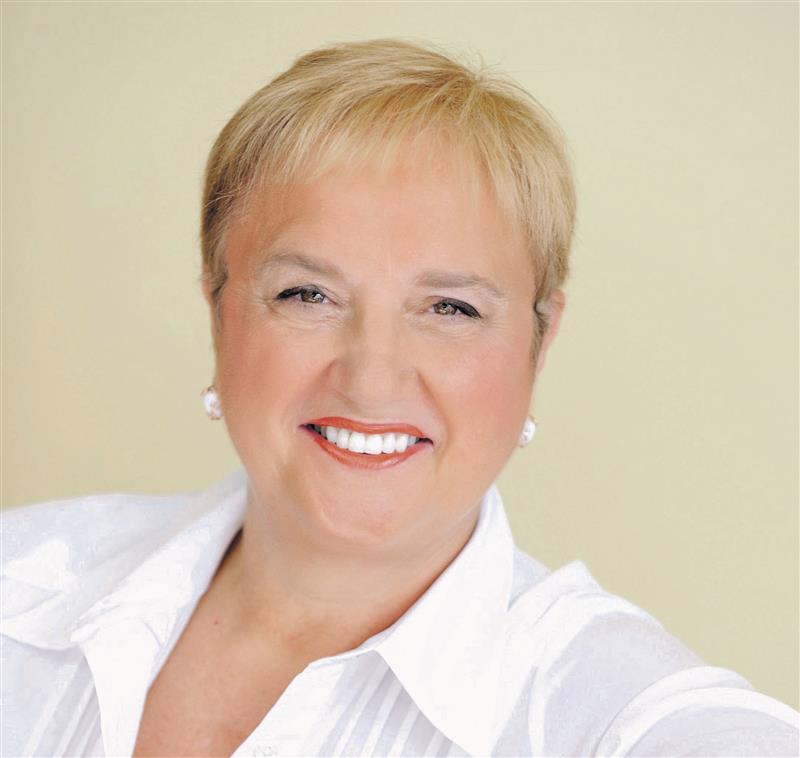Warning signs of financial instability rattle policymakers ahead of IMF jamboree
Warning signs from an obscure part of the financial markets have got policymakers rattled, and one of their oldest and most profound fears may be about to get very real.
As the world’s top central bankers and finance ministers descend on Washington for the annual meetings of the International Monetary Fund and World Bank, signs are increasing that the next bout of financial instability may be around the corner.
The most worrying signs are arguably not from the foreign exchange market, where confidence in the dollar — the global system’s anchor — is gradually eroding, nor from the stock market, where the AI frenzy has driven equities to record highs in the U.S. and Europe.
Rather, it’s what’s happening in the credit markets that’s sending a shiver down the spine of all those who remember 2008.
The collapse of U.S. auto loan dealer Tricolor and parts supplier First Brands Group hints that something may be wrong in the world of private credit.
Private credit refers to loans that are neither issued by banks nor publicly traded on an exchange like corporate bonds. It’s a broad description, and it can refer to anything from the aforementioned car loans issued by special credit suppliers to private funds lending money to help buy a family-owned company or financing for a new apartment block.
It’s a young market, but has grown at breakneck speed. Goldman Sachs estimates it’s worth $2.1 trillion, and private equity companies, in particular, have made a fortune from it, helped by a vast amount of leverage.
Because the money isn’t lent by banks, and because it’s structured as a private deal off the public markets, it’s a corner of the financial ecosystem that’s particularly hard to oversee — even when, as with Tricolor, the loans are then repackaged into tradable bonds. That means that if something is going disastrously wrong, it might only be detected once it’s too late. Officials are alarmed that something like that might be happening.
For years, banking regulators have congratulated themselves on stamping out the kind of excessive risk-taking, questionable ethics and shoddy governance that caused the last financial crisis. But all along, they have fretted that, far from being dead, such behavior had just moved to other parts of the financial system outside their reach.
In a speech last week, European Central Bank President Christine Lagarde warned that it was “imperative” to improve transparency in the non-bank financial sector, whose assets are now bigger than those of the regulated banking sector. “Policymakers must do so sooner rather than later,” she said.
The Bank of England also took up the theme earlier this week, its Financial Policy Committee warning that “the risk of a sharp market correction has increased.” It said the defaults in the U.S. “underscore some of the risks the FPC has previously highlighted around high leverage, weak underwriting standards, opacity, and complex structures.”
The wheels come off
Texas-based Tricolor was an auto loan provider that lent to riskier clients, notably undocumented migrants. First Brands, meanwhile, is a car parts supplier that used opaque and complex financing schemes to pay its suppliers — until it wasn’t able to anymore. One of its creditors, Raistone, alleges that some $2.3 billion that it was owed “simply vanished.”
Shares of investment bank Jefferies tumbled this week after it declared it had $715 million in exposure to First Brands. Swiss giant UBS, meanwhile, says it has $500 million at risk.
The big question is whether the twin bankruptcies — concentrated in an inherently riskier segment of the market — are just two accidentally similar one-offs, or whether they are the first signs of a broader crisis brewing.
Credit rating agency Fitch said defaults in the private credit market rose to 5.5 percent in the second quarter of the year, up from 4.5 percent in the first quarter. Meanwhile, in January, Fitch said auto loan payments that were 60 or more days late among the least creditworthy (subprime) borrowers were at the highest level on record, at 6.6 percent.
A growing body of academic literature has found extensive links between non-bank financial institutions (NBFIs) — a category that includes hedge funds and private equity, as well as private credit — and the traditional banking sector.
“Through these linkages, shocks can propagate rapidly across entities, sectors, or jurisdictions, especially when multiple institutions respond simultaneously to market stress,” said the authors of a paper at this year’s ECB research conference in Sintra, Portugal. They wrote that nearly one tenth of banks’ assets in the European Union were claims on NBFIs, and that 10-15 percent of banks’ deposits also came from non-banks.
Loriana Pelizzon, deputy scientific director at the Leibniz Institute for Financial Research and one of the authors of the paper, said she wasn’t overly concerned about the two bankruptcies, given the relatively small size of the auto financing market. However, she said that interlinkages between European NBFIs and the U.S. financial system needed to be monitored, given the scale of the investments.
“There’s a significant amount — trillions and trillions invested — in the U.S.,” she said, noting that investment chains are often long and complex, and that regulators lack insight into them.
“The question is whether this is just a couple of rotten apples,” said Davide Oneglia, director at economic consultancy TS Lombard. He said that the risk in the private credit segment will grow further if U.S. interest rates don’t fall as quickly as expected, for example, due to high inflation. That would put a further squeeze on private credit providers.
In plain sight
But it’s not just private credit that has policymakers on tenterhooks. The benchmark U.S. stock index S&P 500 is now trading at nearly 30 times the expected earnings of its components, far above its long-run average, and closer to the freak levels seen during the Dotcom boom and the pandemic.
Over the last three years, the S&P has risen over 80 percent, largely powered by the performance of U.S. tech stocks on the back of a boom in AI investment. Companies have invested some $400 billion to build out the infrastructure — microchip factories and data centers — that powers AI. Should that money turn out to be misspent, for example, if AI doesn’t provide the productivity gains that investors are betting on, that bubble will burst with painful consequences.
In parallel, unbridled government spending throughout the developed world, from the U.S., to Europe and Japan, have pushed market interest rates higher, amid growing doubts that governments can ever repay the debts they are building up. That has also helped push the price of gold — seen as a safe asset that won’t lose value — higher, with some investors piling into both gold and Bitcoin to avoid the debasement of their investments through inflation.
It’s not clear which of these — if any — will light the wick of the next global financial meltdown. But what is clear is that policymakers will have no shortage of threats to obsess over next week.




















:quality(85):upscale()/2023/09/18/918/n/1922398/a1136b676508baddc752f5.20098216_.jpg)
:quality(85):upscale()/2025/10/09/670/n/1922283/00b944c868e7cf4f7b79b3.95741067_.jpg)
:quality(85):upscale()/2025/10/15/765/n/1922398/29c37a6e68efd84bb02f35.49541188_.jpg)
:quality(85):upscale()/2025/09/09/891/n/1922283/7222624268c08ccba1c9a3.01436482_.png)
















